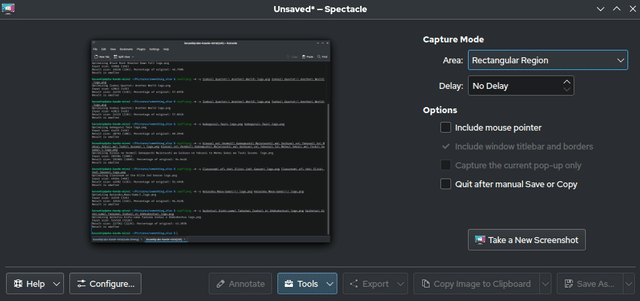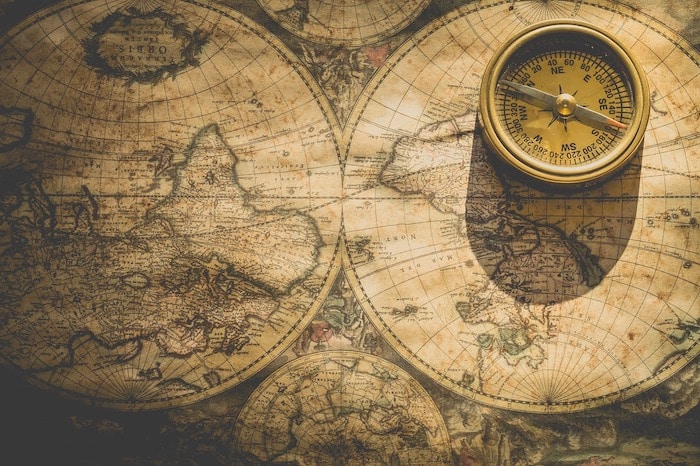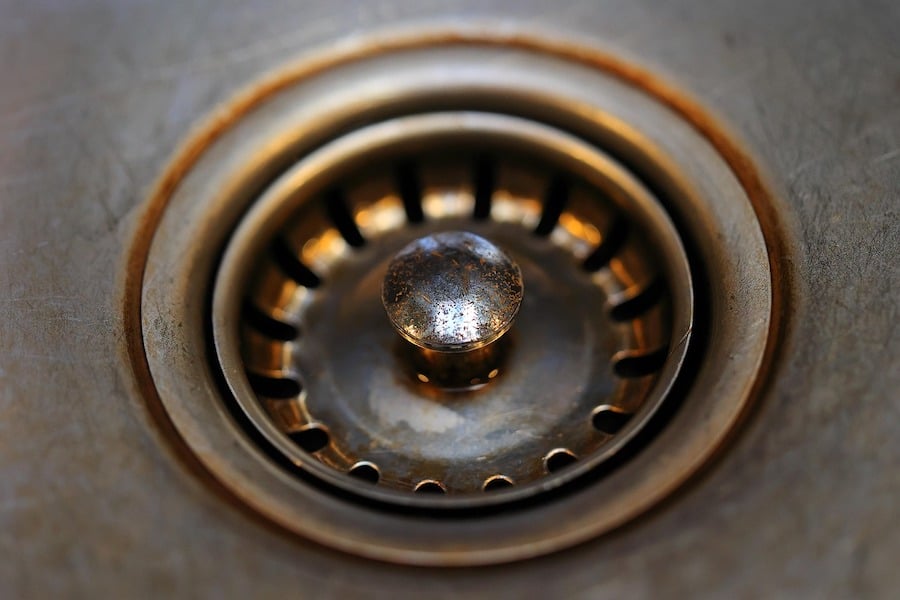Hurricanes, or tropical cyclones, are among the most disastrous weather phenomena on Earth. They are massive cyclones that form over tropical or subtropical waters, gain momentum to become incredible storms, and reach massive wind speeds that lead to the destruction of properties and the death of people.
However, beneath the violence of hurricanes are secrets and facts necessary for one to have a deeper understanding of the monsters of the Earth. Today, we will be going through 10 hurricane facts that are a must-know. So, relax and get on the windy ride.
- Key Takeaways
- They Cannot Form At the Equator
- The Weird Structure of Hurricanes
- They Spin In Opposite Direction
- Three Different Names
- Typhoon Tip
- Most Expensive Hurricane
- The Slower The Deadlier
- What Place Gets the Worst Hurricanes?
- The Deadly Super Typhoon Yagi
- Severe Tropical Cyclone Freddy
- Conclusion
Key Takeaways
- Hurricanes are scary weather occurrences that can lead to loss of life and destruction of property.
- They have many secrets that if explored, make one better at understanding how they form and operate.
They Cannot Form At the Equator
You must have heard how massive and deadly hurricanes can be. They range in size from 300 to 1400 miles (482 – 2250 Kilometers) and can reach wind speeds greater than 150 miles (241 Kilometers).
However, these monsters do not form at the Equator of the Earth for one reason: the Coriolis Effect.
The Coriolis Effect is a pattern of deflection of objects not firmly connected to the surface of the Earth.
Because the planet spins faster at the poles, hurricane-type winds cannot form and gain momentum at the Equator; this is why most countries within 5 degrees latitude of the Equator will never experience hurricanes.
The Weird Structure of Hurricanes

Like tornadoes and other wind-related weather phenomena, Hurricanes have a complex structure that is fascinating but deadly. The most common part of the tropical cyclone that has gained the most notoriety is the eye, a region of relative calmness.
The eye of a hurricane is mostly between 20 to 40 miles (32 – 64 kilometers) long and can deceive people caught in the storm, as it will make them feel like the ordeal is over. However, right beside it is the most deadly and fastest part of the tropical cyclone, the eyewall; this region is so scary because it always catches people off guard.
Enjoying This Article? Why Not Check Out Our Facts Database Today.
They Spin In Opposite Direction
The planet we call home has birthed weird weather phenomena that we are still trying to understand. One of these phenomena is the spin difference between hurricanes of different regions of the Earth.
Yes, in the southern hemisphere, hurricanes spin in a clockwise direction, and in the northern hemisphere, they spin in an anti-clockwise direction; this discovery, when first discovered, shocked scientists who desperately tried to answer. However, years later, we now know the primary culprit is, once again, the Coriolis Effect.
Three Different Names

Did you know that hurricanes are named differently according to the region they affect? If you didn’t know, now you are aware.
In the Northwest Pacific and Atlantic Ocean, they are hurricanes. In the South Pacific and Indian Ocean, they are cyclones. These beasts of nature are also called typhoons in the Northwest Pacific Ocean.
A phenomenon having three different names? Now, that’s a whole new level of crazy.
Typhoon Tip
Many tropical cyclones have left their marks of destruction on many lives. From Hurricane Katrina to Mitch, these disastrous spinning storms are feared worldwide. However, one hurricane earned great fame as it put the fear of the planet into the hearts of everyone.
On October 4, 1979, a tiny weather disturbance formed within the monsoon trough near Pohnpei in the Micronesia region. Unknown to anyone, this disturbance will birth a great giant that has never been seen before.
The disturbance started moving northward, but another storm, Tropical Storm Roger to the northwest, halted it.
Eventually, the disturbance broke free and started gaining traction as it moved. It soon earned the name Typhoon Tip. Over the next few days, Typhoon Tip became the biggest tropical cyclone in recorded human history.
It was so large that it could cover half of the United States.
Typhoon Tip wreaked havoc and chaos on the seas, leading to the death of about 99 people and the destruction of about $484 million ($2.03 billion adjusted for inflation) worth of property.

Most Expensive Hurricane
Sometimes, the biggest is not always the worst, and oh, is Typhoon Tip a child compared to the costliest hurricane in recorded history.
On August 23, 2005, the leftovers of Tropical Depression Ten merged with a tropical wave and brewed a Category 5 tropical cyclone that would later be called Hurricane Katrina.
Katrina spread its tentacles and eventually arrived in New Orleans, where it devastated the region.
By the end of the storm, more than 1,900 people died, and about $180 billion worth of property perished.
It took 8 to 11 years to restore and reconstruct what was lost, and the memories of the deadly Katrina remain fresh in American Meteorology History.

The Slower The Deadlier
Many people believe the faster a storm moves, the deadlier it is. However, the case differs for hurricanes, as slower-moving ones pose a worse threat than faster-moving ones.
A sluggish hurricane is so deadly because of its ability to bring significant flooding and water piling; this can lead to more destruction of property and casualties.
What Place Gets the Worst Hurricanes?
You must be curious to know about the regions of the planet that are most vulnerable to Hurricanes, and though the United States would be first in mind, it is not the most susceptible region.
The current record holder for the most tropical cyclones in a country goes to China. The country experiences a periodic typhoon season and has battled about 127 since 1970, double the amount faced by the runner-up, the United States.
Other countries severely affected by hurricanes include Cuba and the Caribbean, particularly Jamaica.
The Deadly Super Typhoon Yagi
Just when China thought it couldn’t get a break from the monstrous typhoons that hit its shores, another monster called Super Typhoon Yagi reeled up its head.
A super typhoon is a tropical cyclone with speeds exceeding 185 kilometers per hour.
On August 30th, 2024, a low-pressure area formed 540 kilometers (330 miles) northwest of Palau, and two days later, it became a tropical storm named Yagi. Unknown to people, it would spiral to become one of the deadliest storms to hit China and the neighboring regions in a decade.
The tropical storm gained momentum as it moved over the South China Sea. Eventually, the Japanese Meteorological Agency (JMA) recorded wind speeds of about 195 kilometers per hour. Yagi promptly elevated to a Category 5 typhoon on the Saffir-Simpson scale, and warnings went to regions in the storm’s path.
The devastation Yagi unleashed was beyond comprehension when it made it to land. More than 57,000 buildings suffered damage on Hainan, a Chinese island, and the storm damaged 241,000 buildings in Vietnam. The death toll exceeded 800 people, and more than 2,200 people suffered multiple injuries.
Super Typhoon Yagi destroyed assets worth more than $16 billion, and it was one of the worst storms to hit China in years.
Severe Tropical Cyclone Freddy
There are deadly hurricanes, massive ones, and then devilish tropical cyclones that stick around for much longer. Among these beasts is Tropical Cyclone Freddy, a Category 5 hurricane that raged for 36 days non-stop.
The hurricane affected parts of Africa, including South Africa, Madagascar, Malawi, Zimbabwe, and Mozambique.
By the end of the storm, about 1,400 died, and over $480 million worth of property was destroyed.

Conclusion
We hope you enjoyed learning our 10 awesome hurricane facts. You can check out our Tornadoes Secrets, browse our Nature Section, or search our Database for more exciting weather facts.





